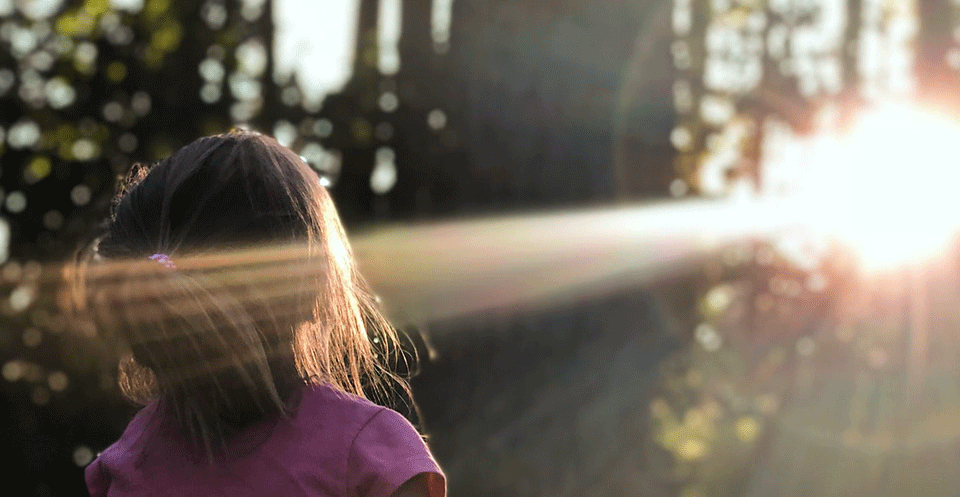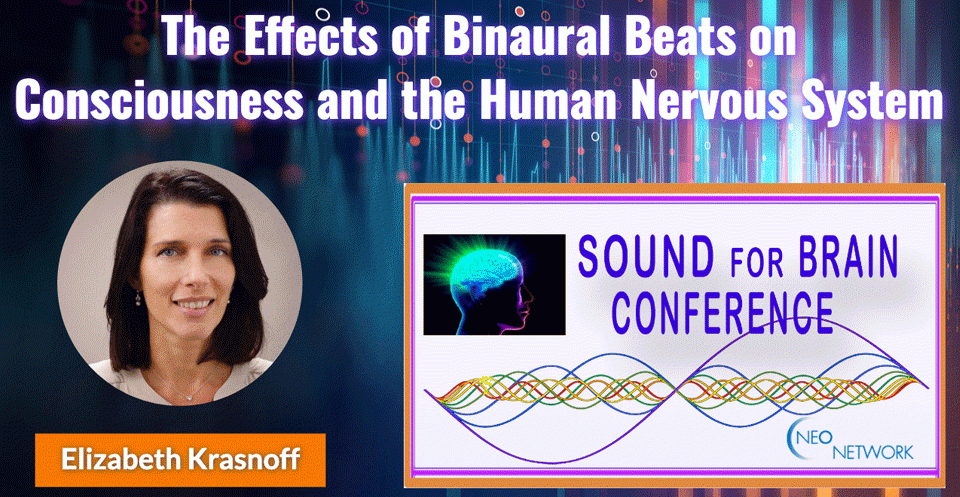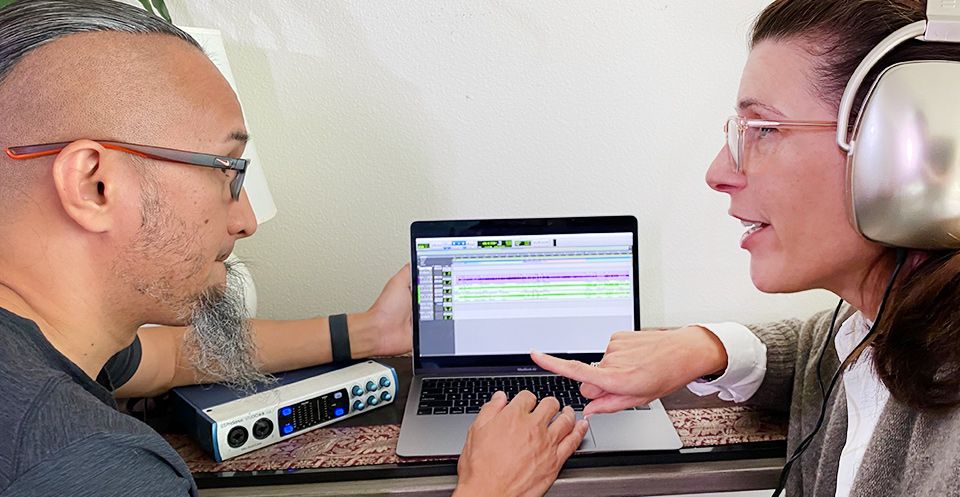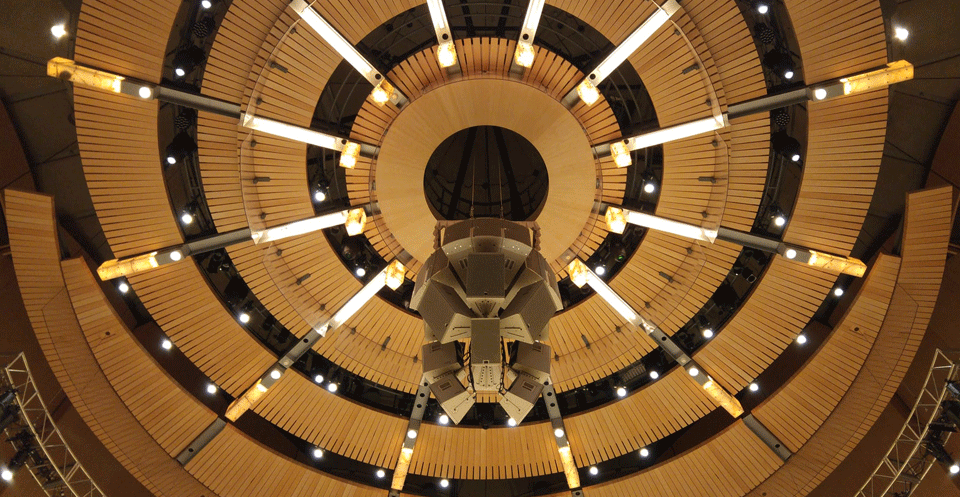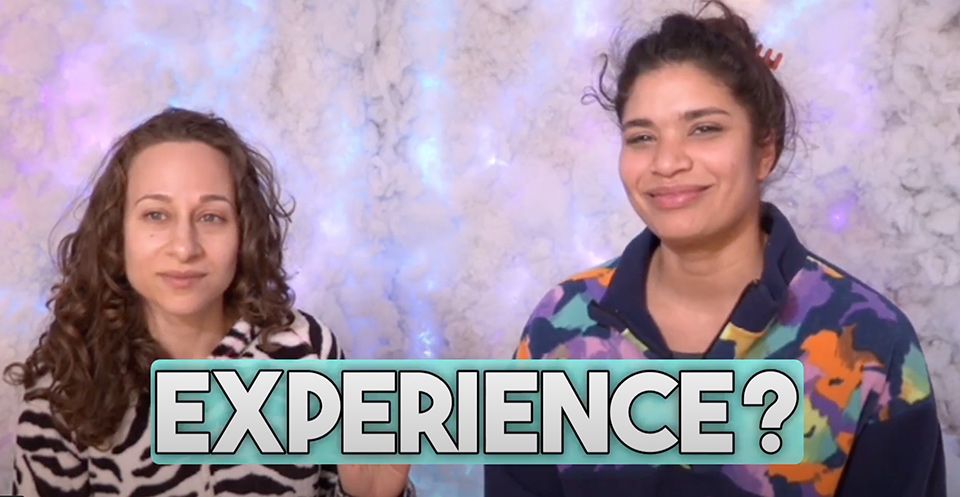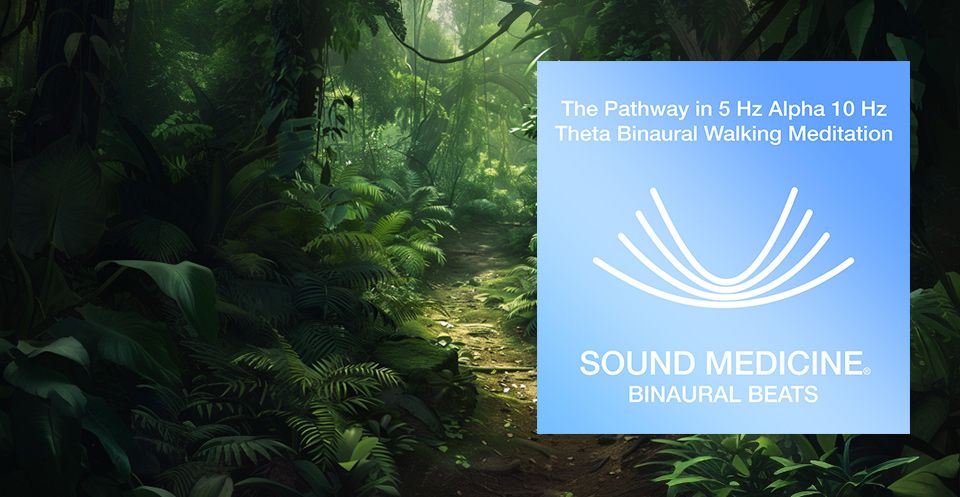Trauma Is a Life Path, Not a Life Sentence

We view trauma as a life sentence. If you think about it, there is a complicit understanding between the neutral person and the traumatized person. I have heard on far too many occasions: “I can’t help you, I don’t have a trauma background. You have to go to a trauma specialist”.
A specialist?
Just to put it out there in full view, the last thing a person with trauma wants to feel is singled out, different, and unreachable. You will have succeeded in triggering that which is sensitive about the trauma imprint: you feel like a leper. And it is consistently re-inforced. It is held in place by a shame more powerful than any prison, and when you segregate, you enforce this prison rather than disarm it.
Here is what I’ve come to understand about trauma: its just one way of going about life. That’s all. It’s a path. And in the broadest sense, it requires the same treatment as all other paths: compassion. Yes, it does ask for a gentle touch. A compassionate gentle touch. To suggest that you cannot offer a gentle hour of compassion because the “trauma person” is out of your area of expertise feels like a limiting and limited thought pattern to me. A trauma person is sensitive to this limiting behavior, it is one of the gifts. Trauma teaches you to learn to operate outside of your zone of comfort, to learn how to bend to that which is not under your control. This is a very powerful tool. It is hard for the trauma person to understand what to them is perceived as a lack of flexibility, or open mindedness, in a neutral person. Yet the trauma mentality will still self punish—just another self-indictment. Shame is a powerful leg iron.
Trauma creates an Achilles heel, a vulnerability. Vulnerability is a gift and a weakness. The “Achilles Heel” archetype is a Greek Myth, which is as old as written and recorded human time. Think about that. The Greek religious/spiritual system had a whole myth dedicated to the understanding of vulnerability. Achilles was held over the fire to be made immortal by his immortal mother. The one place that she was holding him, by the back of his heel, was not sealed in immortality. It was the only way he could be killed. Biologically speaking, it is also a very vulnerable place on the human frame that can be injured and fully stop the career of a promising athlete.
What does this tell us? That even immortality has its flaws. Further, it was a gift from his own mother, the generator of his life. She gave him two gifts: immortality and vulnerability (mortality). Without the vulnerability, how is the immortality understood, and vice versa? She gave him context, a complete puzzle with which to work out the meaning of immortality and mortality. The entire human life is a meditation on this duality, it is one of the key questions. The duality of this experience is only placed in a peaceful context by transcending the conversation from the physical plane into the spiritual plane. This requires a heightened sense of perception and the ability to see beyond the veil into the spiritual realm where we know nothing. All we can do there is experience the love and trust our intuition to guide us. This also requires the ability to hold the discomfort of unknowing. Of course, this comes naturally to the trauma person, they have been trained for it. Would that it not have happened against their will, but happen it did. The more constructive question is: now what?
Trauma is a direct path to love if we choose it. Trauma creates heightened access. It is an invitation to work with our nervous system, where all of these conversations are ultimately held. The trauma nervous system is delicate and operates on a hair trigger. It has spent too much time in fear and flight (sympathetic) and not enough in calm and repair (parasympathetic). And as a species, our nervous system is already in a heightened state of evolution. That is perhaps why we have so many nervous system afflictions of late, Autism for one. We do not understand the invitation to evolve to a more delicate nervous system and we hit the glass jar with a hammer and smash it. Brain damaged by age 2, 3 or 4. Trauma is an intensification of this invitation. A dense food, like bittersweet chocolate. A little goes a long way, and as with any sacred food, it packs a lot of power and energy.
Trauma tears a hole in the fabric of the expected and known world. It is terrifying in its inconsistency with what you know and have been taught. In this way, trauma teaches you to have and seek consistency. Trauma is extremely destabilizing, as you no longer stand on the same ground you once believed in. Trauma challenges you to find and offer stability, and to re-think and examine your belief system. But here is the central issue, as the Spiritual Significance of Sound pioneer and teacher Vickie Dodd says, “trauma gives you the possibility for compassion that did not exist before”. She says: “We think we ought to be saints and if we’re not, we think something’s wrong. We don’t know why things happen but we can create compassion out of these experiences.”
She says trauma helps us asks the questions: “Can I be in acceptance? Not in resignation. Not that I agree with what took place, but I can’t afford to keep making it wrong. I hurt myself when I do that”. So the very moment of trauma challenges us to be the leaders in transforming hurtful actions towards others. This starts with loving actions towards the self. Vickie says that trauma leads us right towards a spiritual practice: “We become aware of breath, intention, frequency, self-love. And we ask: “Could I trust that I could be in relationship to myself? Could I be willing to be uncomfortable and not know? Could I have patience and keep breathing?” This is the beginning of the most important relationship in our life: the relationship to ourselves. Our experiences help us know “not us”. Experiences that split us off from ourselves do that very powerfully. But once we meet ourselves, it is very important to take the path of compassion and raise the conversation to the next level. To integrate the scar so that it is just one place on the body, not the whole body.
Staying in a place of “don’t know mind”, as Dr. Jose Stevens, Shamanic Practitioner and Founder of The Power Path quotes his Zen Korean teacher, is the key to it all. “Keep not know mind”. It is such a place of discomfort to “not know” – when we are in the physical world. And it really does clash with the physical world. We most certainly need to know that the chair we are about to sit on is solid. A “don’t know” chair would not be a top seller, except for a magic act or two. The trick here is to remind yourself to let go, don’t know, and exist in your spiritual self where this makes sense. Your spirit knows how to handle not knowing. In fact, it is likely one of its most important tools.
How do we get to this spiritual realm, or access information there? Well just ask spirit, says Vickie Dodd: “What would you have me know?” She uses sound and breath and frequency to tune in to the spiritual realm and then simply asks her question. That’s one way. How do you find your spirit? How do you get to your spiritual realm? Well-known author and pioneer in the mind-body field of energy healing, Caroline Myss, also talks about removing the illusion of the experience, feeling or thought that is in front of us (yes, a paradox to be removing the illusion of the concrete world) and asking spirit to be shown the truth.
Dr. Francesca McCartney, founder and head professor at The Academy of Intuition Medicine ® has dedicated the greater portion of her life to teaching about the important role of intuition. Intuition is our guide in the “don’t know” spiritual realm/quantum field. Intuition is like our GPS for “the quantum info highways”, accessing our coordinates and our direction and constantly delivering (or channeling) the information to us that we need to navigate. In this “don’t know” place we must relax and surf the currents of fate and the scripts of our life. Dr. McCartney offers a full certification on learning the location/frequency of these places and how to access them and their energies. It does take some work if you really want to master it. But if you need to quickly and without training access your higher self, there is the ever-proven tried and true method: prayer, AKA meditation. A moment of centering in which we listen to that quiet inner voice which knows: our intuition.
The first support tool that Dr. McCartney teaches is perhaps the easiest and most accessible and critical to the process: grounding. Grounding has a lot of notoriety these days, but it is simply connecting your electrical system to the core of the earth in much the same way that your house electricity is grounded to the earth by a copper wire in the outlet. You can create that copper wire, or grounding channel, through visualization (connect your sacrum to the center of the earth) or by standing barefoot in nature. Once you are grounded, the nervous system feels safe to open up to the higher levels of incoming information. The deeper you anchor, the higher you reach.
Grounding is very helpful when the physical body and emotional body are not in one place. The physical body and the emotional body can have different experiences, as is often the case in rape or incest. The body may feel pleasure while the emotional body registers the violation. We see this split as bad. Is it? As we have seen, it can also be the start of a spiritual practice and the development of compassion and our highest self. Is that bad? That larger piece of the puzzle is clearly not bad.
What if we see these splits as conversations? Invitations? As not only the catalyst, but also the way in to transform pain and stuck energy? It is the Hegelian dialectic conversation all over again: A and B meet and in their relationship form C. That is the description of transcending physical duality in favor of spiritual unity. It is the act of creation. It is the formative symbol of the Trinity.
In other words, the mind/body split is important. It invites the overarching conversation of our era, the healing (although we were never truly broken) to finding that we were always whole and the path to acceptance and compassion for our path, for ourselves, for all paths and for all people. And having achieved that path through trauma is not a life sentence—merely a frequency of life path. As Dr. Stevens says: “Our life work does not lose it’s validity for having had “a not-okay””.
Another key life changer for the trauma person can be summarized by the teaching of Michael McCartney, co-founder and senior faculty member of the Academy of Intuition Medicine: the invitation to move out of maintenance mode into prevention mode. Understanding, intuiting what one is doing to stay in the same energy patterns sets the stage for and enables one to create new affirming energies. The individual is always presented with at least these two invitations. This means changing our entire way of thinking, which our world is indeed trying to do. This means understanding your sensitivities, loving them, loving yourself, and planning ahead for your needs and protection. This goes a long way towards preventing unpleasant repeats, and towards powerful, grounded happy experiences in the now. When we don’t do this, we are left cleaning up the unpleasant mess again, and again and again. Your intuition can keep you in prevent mode.
Trauma, like all other energies, emotions (which are energy in motion) or experiences, is simply a frequency. Author Dr. David Hawkins had an unusual gift, the ability to calibrate energy and organize the frequency range of the human experience. As he tells us in “Power V Force”, the lower and higher frequencies always exist. The spectrum is always there. We can change our experience by moving to a different frequency. We can hold all the pieces but not get stuck in one of them.
What does this mean for the life path called trauma? Trauma will always be there. It will always be wrong and the scar does not disappear. And guess what? We don’t need to vanquish it. Let it be there. Let it be a part of your whole person, as it already is. Just choose to move to a higher frequency that integrates that part of yourself and all of the other truths; all of your strengths, your victories, and above all, your newfound compassion and love. Love is the highest frequency and as such holds all the others. As Evolutionary Consciousness leader Terry Patten says: “The heart is large enough to contain whatever contradictions or dissonances our being holds”. Including the mind/body split. That is why prayer and meditation are so effective: they are a heart-centered activity, bringing us into the frequency of love. This is the end destination for all roads, the Rome of intuitive mapping. When we are feeling heart centered and compassionate, we know our intuitive GPS is on and functioning and we are on our path.
As it is told in an interpretation in the Talmud of the Genesis creation, God is lonely and creates man so that he can know himself. In this way, our mind/body split, our physical dualities, create the opportunity for us to know ourselves. And to find the highest expression of ourselves: love and compassion. And in that journey of duality, through the trinity of two opposing energies and a third solution... we again find unity.



